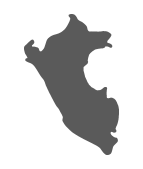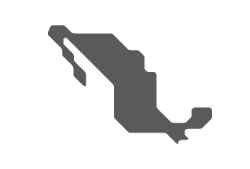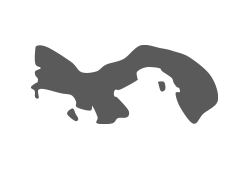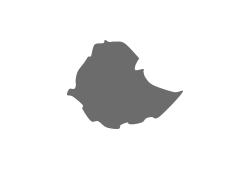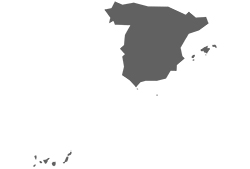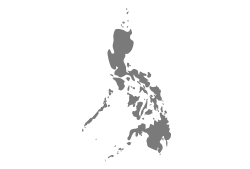INTRODUCTION OF THE THIRD GENERATION PHOTOVOLTAICS TO OFFER ELECTRICITY IN PANAMANIAN INDIGENOUS RURAL COMMUNITIES
We carried out -in partnership with AECID- the Luz en Casa Ngäbe-Buglé Pilot project (initially called EncASa Ngäbe-Buglé), starting by developing a strong work with national, regional, local and indigenous authorities, as well as with the pre-identified communities, to present our proposal of electrification and adapt the service delivery model to that setting. We selected the Ngäbe-Buglé region to deploy the project, which was approved by the Ngäbe-Buglé Indigenous Council as well as by the 7 communities in the Chichica and Maraca villages where it has been implemented. This has also been coordinated with the Rural Electrification Office -body belonging to the Ministry of the Presidency of Panama-, whose mission is to promote and develop the electrification in underserved and not-concession-granted rural areas.
Thus we bring electricity from renewable sources to 400 indigenous families paying an affordable monthly fee of 5 balboas, which we estimate that implies an average savings of more than 30% in their expenditures on energy elements for lighting and communications (candles, batteries for torches, mobile charging...). In addition, they use the reliable and sustainable electricity of the third generation solar home systems that provide them with electricity. Here's the estimated annual impacts of the offered service:
HOUSEHOLDS PROVIDED WITH ELECTRICITY
BENEFICIARIES
CONTEXT AND BEGINNINGS OF THE PROJECT
- According to the Inter-American Development Bank data, more than 90,000 families have no access to the electricity service in Panama.
- The access to electricity, as well as other basic services such as water and sanitation, is directly related to the health and the life expectancy according to the PNUD's Atlas de Desarrollo Humano Local: Panamá 2015.
- That report also identifies the Ngäbe-Buglé region as the one with the lowest Human Development Index in Panama; it is the poorest and most underserved area of the country.
- After some preliminary studies, acciona.org chose this region to start the implementation of its electricity service delivery models in Panama.
- We selected an area of operation where the Spanish Agency for International Development Cooperation -so called AECID- implements projects of water and sanitation and so it is possible to develop synergies.
- In this zone we identified the communities benefited of the project in the villages of Chichica and Maraca, and we carried out a Socio-Economic Study that gave us the necessary information to adapt the model.
- This study presents the following data about lighting and communications uses, which are really important because they are covered by the electricity offered by acciona.org.

